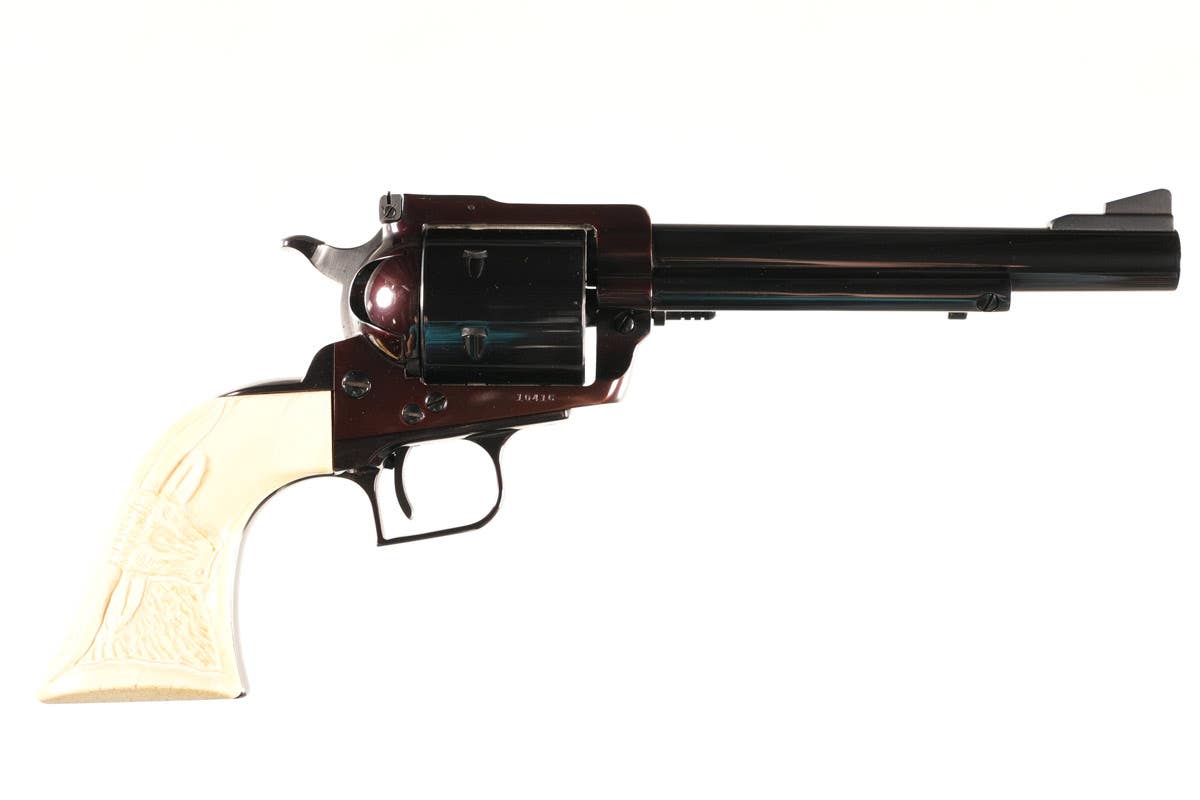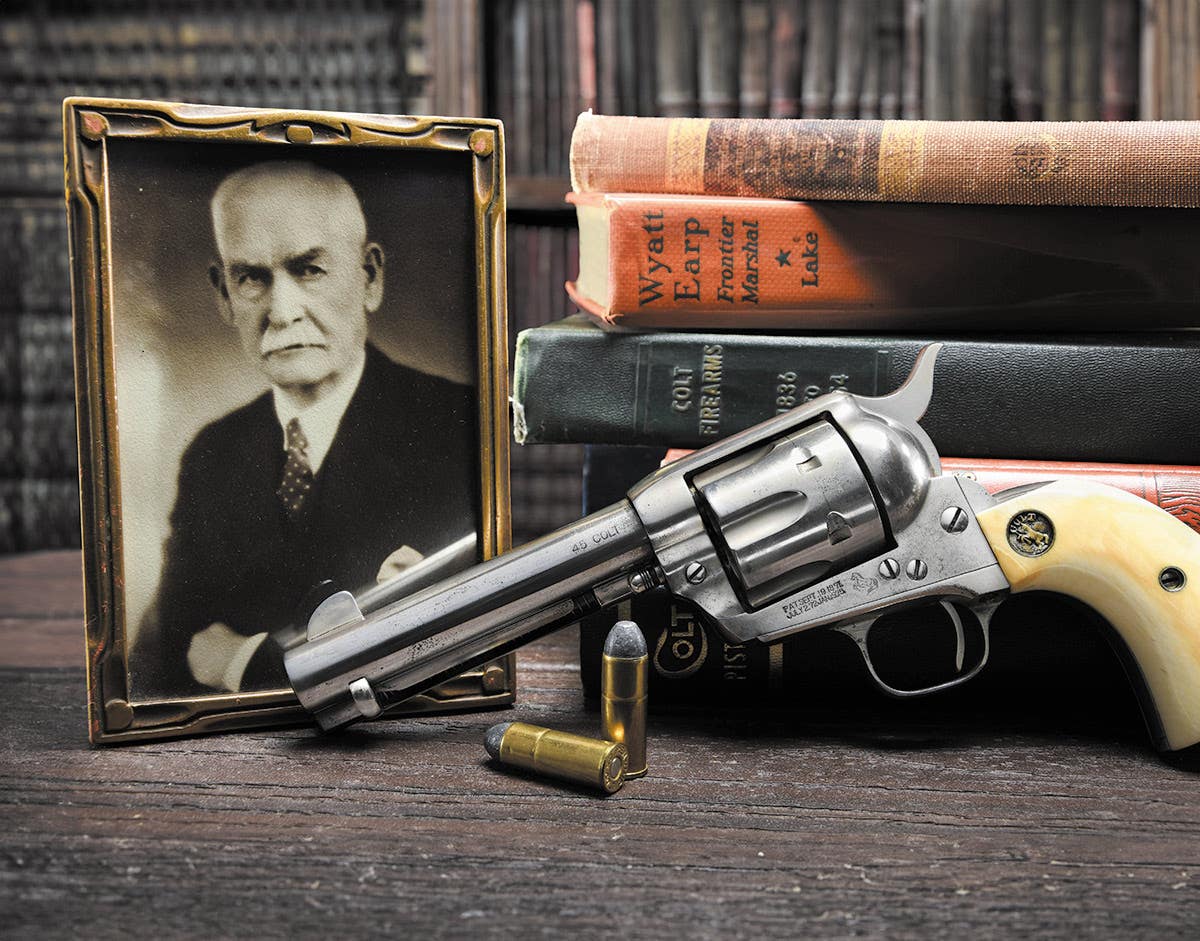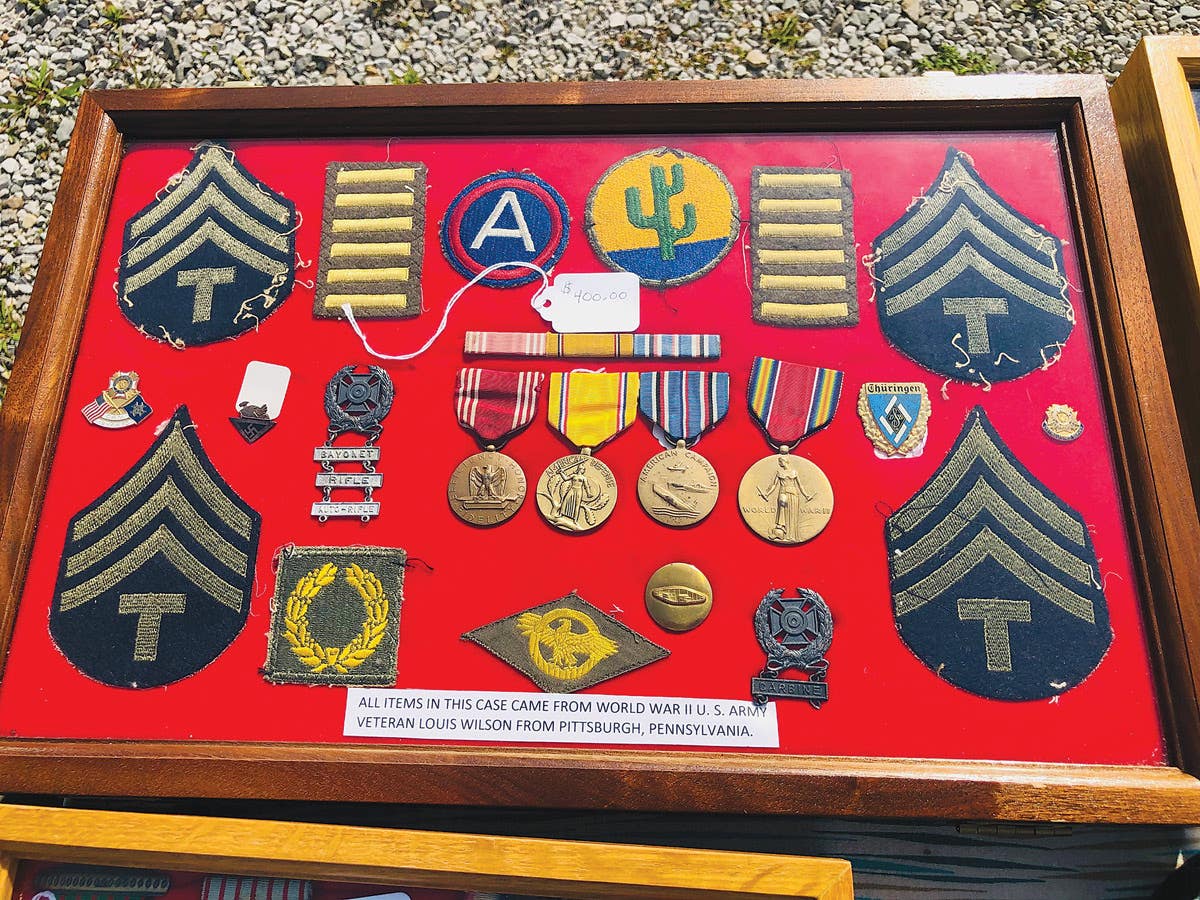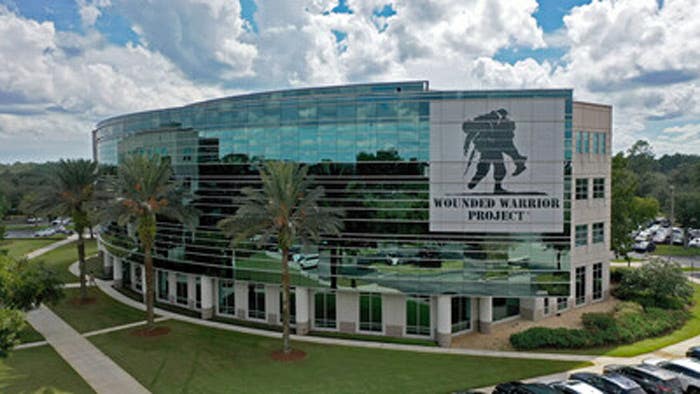A visit to Dead Man’s Corner Museum
Operation Albany was tasked with securing the roadways leading inland from the coast, where the 4th Infantry Division at the beach area code named “Utah” were to come ashore. One fight occurred at a heavily fortified German house where a Stuart tank was destroyed and became to be know as “Dead Man’s Corner.” This house would eventually become the Dead Man’s Corner Museum complete with a Stuart.
Between 01-00am and 01-30am on the morning of Tuesday, June 6, 1944, the first American troops began to land on French soil as they prepared to engage occupying German forces and begin the liberation of Europe. These were the men of the 101st Airborne Division, landing by parachute as part of Operation Albany, with the task of securing the roadways leading inland from the coast, where the 4th Infantry Division at the beach area code named “Utah” were to come ashore. These roads were vital for the ground troops to move off the beaches. Despite mis-drops and troops being scattered, the roads were secured and held by the time the first landings at Utah came ashore five hours later.
One of the most important routes to be secured was that designated as “exit 2”, which today has the modern number D913, running inland about five miles towards Carentan and Ste Come du Mont, skirting past two drops zones (DZs) where elements of the 501 and 506 Parachute Infantry Regiments of the 101st Airborne Division were due to land. Over the next two days the 101st would fight a series of tough actions, as evidenced by taking four hours to cover a mile between Ste Marie du Mont and Vierville on the D913, despite being supported by six Sherman tanks from A Company of the 746th Tank Battalion. In another action a PIR company, supported by a Stuart light tank, came under fire from a fortified house as they advanced towards the village of Ste Come du Mont. The opposition destroyed the tank, killing most of the crew.
On June 8, Lt. Col. Robert Sink, commanding the 506th PIR, ordered the 1st and 2nd Battalions to head northwards to the village of Ste Come du Mont, about two miles north of Carentan. The fortified house was heavily defended by a unit of the German 6th Parachute Regiment, where a medical center had also been established. As they approached they saw the aftermath of the earlier fighting, which included the body of the dead tank commander half out the turret of the vehicle. The fighting was fierce and costly, but eventually the Americans cleared the route and opened the road. The destroyed Stuart remained where it was for several days after the battle and troops began to use it as a reference point for directions, describing the location as “the corner with the dead guy…” From this, it became known as “Dead Man’s Corner.”
The building has since been restored and turned into a museum in tribute to the brave men of the 506th PIR and their German opponents. It is divided into two parts: the first being the defended house, followed by the D-Day Experience.
Entering the house itself, is like stepping back in time. Each room downstairs contains a life-size diorama, complete with realistic-looking mannequins wearing German uniforms. This is pretty much how the interior must have looked in June 1944, except for the smoke and noise, complete with weapons similar to those used by the defenders. The room at the front of house, a position which commanded the road approach, is fitted out with a machine gun.
Another room has been laid out like a command post complete with maps and radios, while another next room shows the treatment of wounded with original items of equipment and medics in uniforms. Upstairs, more weaponry and equipment is displayed, such as the Panzerschreck anti-tank rocket launcher, flamethrower, machine guns and supply containers. Outside the house, is to be found an M5 Stuart light tank along with an 88mm gun, which was greatly feared by tank crews. The house would have probably have seemed innocuous to approaching American troops — until the Germans opened up.
The second part of the museum is housed in a purpose-built building resembling an aircraft hangar where many artifacts of the American troops who fought in the vicinity around the house are displayed. It shows items from men such as Private First Class (PFC) John “Jack” Agnew, who served in the HQ Company of the 506 PIR, and PFC Jack N. “Hawkeye” Womer. This part of the museum is fascinating and very well done.
For anyone who has read the book Band of Brothers or seen the mini-series, this is where it becomes very real and personal. Indeed, the photographs of the faces in the exhibition and their personal items are of some of those men mentioned in Stephen Ambrose’s book.
At intervals visitors are invited into the “briefing room”, where Lt. Col. Robert Lee Wolverton of 506 PIR outlines the mission which lay ahead for the troops on the night of June 5/6, 1944. The presentation lasts for a few minutes before being interrupted by the announcement mission is on. At this point a door is opened and visitors pass through to find themselves staring up at a full-sized C-47 “Dakota” of the type used on D-Day. This is where visitors are rewarded with something totally unexpected.
Climb a few steps and you are inside the aircraft, where you are asked to strap yourself in. The door closes and the sound of aircraft engines starting fills the interior and the whole thing begins to vibrate. Through the windows of the fuselage can be seen film to give the impression of taxiing down the runway past other aircraft waiting to take off for parachute drop on D-Day. The sense of movement increases, the tail lifts as though taking off, and through the windows the film changes to show the sky and the ground passing as though actually flying.
Suddenly, there is a series of loud bangs followed by the aircraft shaking as it endures enemy anti-aircraft fire. The fuselage shudders, the engine has been hit, you’re on fire, but the pilot manages to crash-land in a field. The experience lasts for several minutes and is an incredible sensory memory to take away with you. It is probably the closest thing anyone is likely to get to what it might have been like for real.
There are not many museums any better than this and not for one moment do visitors ever forget the reason why they hare there; which is to remember the brave men.
I highly recommend a visit to this museum to anyone visiting the beaches of Normandy in this very special year which marks the 80th anniversary of the campaign to liberate Europe. To miss it would be is to miss an opportunity to better understand what happened on that fateful night in early June 1944. The flight simulator, far from being a gimmick, adds to the experience and can be enjoyed by all ages.
The museum has ample parking facilities and is easily accessible being on the main road. It is open seven days a week, but opening times vary during the year. Full details of location, opening times and facilities can be found at: www.dday-experience.com







